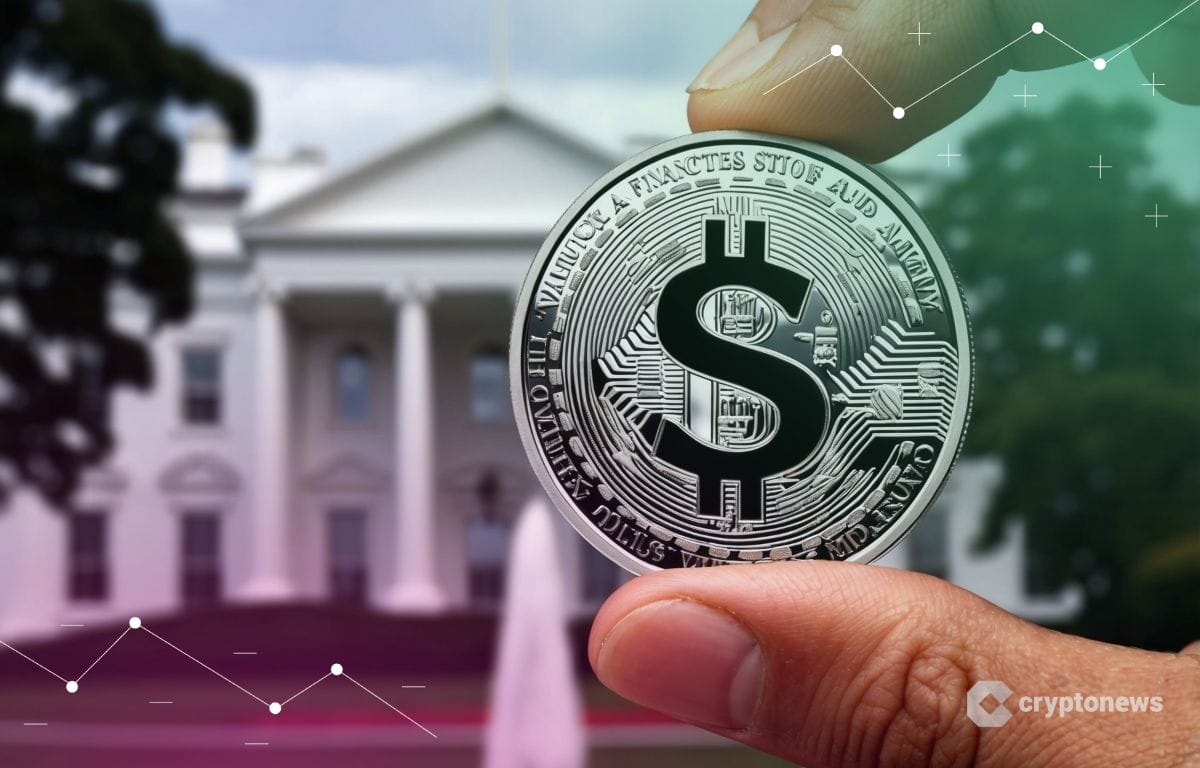Last updated:
 Why Trust Cryptonews
Why Trust Cryptonews
Ad Disclosure
We believe in full transparency with our readers. Some of our content includes affiliate links, and we may earn a commission through these partnerships.

The United States may be on the brink of a transformative moment for cryptocurrency legislation and stablecoin flexibility, with Coinbase’s Chief Policy Officer, Faryar Shirzad, predicting a fast-tracked regulatory framework once Donald Trump assumes the presidency in January 2025.
Shirzad’s optimism stems from Trump’s pro-crypto platform and the Republican Party’s newfound majority control in the House of Representatives and the Senate, creating what many view as the most favorable environment for cryptocurrency policy in U.S. history.
Trump, A Pro-Crypto President: Is This The Time For Crypto And Stablecoins To Shine As Coinbase Exec Predicted?
Speaking to CNBC on Dec. 2 during a Coinbase-backed advocacy event in the United Kingdom, Shirzad shared the potential impact of the political shift.
He highlighted that the convergence of a crypto-supportive president and Congress presents a historic opportunity for the voices of approximately 50 million American crypto owners to be reflected in policy.
“We have the most pro-crypto Congress ever [in] history, we have an extraordinarily pro-crypto president coming into office.”
Shirzad pointed to two key pieces of legislation already making their way through Congress.
First is the Financial Innovation and Technology for the 21st Century Act, which seeks to establish a comprehensive legal framework for digital assets.
This bill has already passed in the House of Representatives and awaits further action in the Senate.
Second, the Clarity for Payment Stablecoins Act is designed to regulate stablecoin issuers and create a licensing regime for these digital tokens tied to fiat currencies like the U.S. dollar. This bill has not yet advanced to a House vote.
Although the current “lame duck” session offers limited chances for immediate legislative progress, Shirzad expects substantial developments and potential passage of both bills in 2025.
What’s Next for U.S. Crypto Policy? Trump’s Crypto Agenda
Donald Trump’s election victory has reignited optimism within the cryptocurrency sector because of his pro-crypto campaign promises and the broader industry momentum he represents.
The Republican Party’s “governing trifecta” now enables a streamlined legislative process for crypto reforms, which have long been stalled by political gridlock and regulatory uncertainty.
Trump’s win also ensures the departure of SEC Chair Gary Gensler, who announced his resignation effective Jan. 20, 2025—the same day as Trump’s inauguration.
Gensler’s tenure was marked by aggressive crypto oversight, often criticized for stifling innovation through regulatory ambiguity and enforcement-heavy approaches.
Shirzad declined to speculate on who Trump might appoint to lead the SEC but expressed confidence that the new administration will select someone aligned with the president-elect’s vision for fostering crypto innovation.
Shirzad also noted that the legislative framework established under Trump’s administration could benefit the domestic crypto market and position the U.S. as a global leader in the digital asset space.
Given the increasing use of stablecoins in global trade and payments, he highlighted stablecoin regulation as a particularly pressing issue.
As the clock ticks toward Trump’s inauguration, all eyes are on how quickly Congress can deliver the promised regulatory clarity.
The Financial Innovation and Technology Act and the Clarity for Payment Stablecoins Act represent the first major steps in establishing a comprehensive legal infrastructure for the crypto industry.
However, the exact details of these laws, including potential tax implications and compliance requirements, remain to be seen.
The stage is set for what could be one of the most significant periods in cryptocurrency history.
As Shirzad optimistically claimed, the alignment of a pro-crypto president and Congress creates an unprecedented opportunity to unlock the full potential of digital assets in the U.S. economy.



